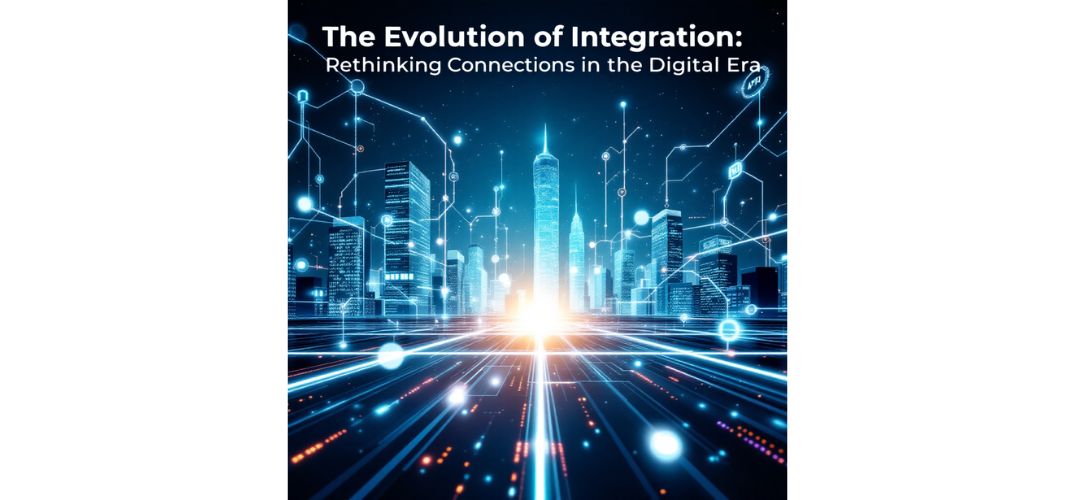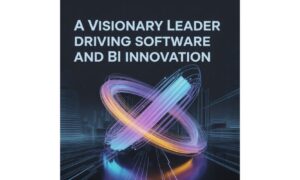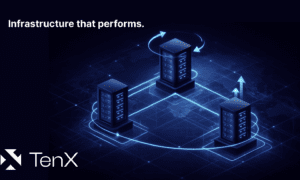In today’s fast-paced technological landscape, enterprise integration is experiencing a seismic shift. The industry is moving away from the inflexible confines of traditional middleware toward agile, API-first architectures that prioritize modularity, speed, and adaptability. This transformation mirrors a broader digital imperative—organizations must evolve to stay relevant and competitive.
Guiding this journey is Sheik Asif Mehboob, a leading authority in enterprise architecture, who articulates the evolution with clarity and vision. Drawing on decades of experience, he breaks down complex paradigms into an actionable framework, offering a vital roadmap for enterprises navigating the modern integration frontier.
Outgrowing the Monolith: The Limitations of Middleware
The origins of enterprise integration were anchored in middleware—centralized systems such as enterprise service buses (ESBs) and message-oriented middleware (MOM). While these provided structure and reliability, they introduced complexity and rigidity. Centralization often became a bottleneck, reducing flexibility and increasing maintenance burdens. The reliance on hub-and-spoke models meant that as systems expanded, so did the risks associated with downtime, security vulnerabilities, and scaling challenges. This legacy architecture eventually reached its limits in meeting the dynamic needs of digital transformation.
Embracing Interfaces: The Rise of API-First Thinking
The API-first methodology marks a fundamental shift in how integration is approached. Instead of treating APIs as afterthoughts, this design philosophy places them at the core of application development. APIs are treated as products with well-defined contracts, enabling smoother collaboration between teams and faster iterations. RESTful APIs—driven by stateless communication, resource modeling, and standard protocols—have become the backbone of modern integration. This evolution ensures a more predictable, reusable, and consumer-centric interface, improving developer experience and operational agility.
Beyond REST: GraphQL and Specification-Driven Integration
REST still leads API design, but GraphQL offers a schema-based, precise data-fetching approach that boosts efficiency. Specification formats like OpenAPI, RAML, and AsyncAPI enhance API governance through automation in documentation, testing, and versioning. Together, these tools support scalable ecosystems and promote consistency across distributed development teams.
Microservices and the Power of Decentralization
Microservices architecture reinforces the API-first approach by decentralizing systems into independently deployable components. Each service is aligned with a specific business capability, ensuring better scalability and maintainability. Boundaries are defined by domain-driven design, promoting service autonomy while minimizing interdependencies. This approach empowers teams to iterate rapidly without impacting other systems, a core requirement in today’s competitive environments.
Event-Driven Patterns: Rethinking Communication
To support this distributed architecture, event-driven patterns such as publish-subscribe, event sourcing, and CQRS have gained traction. These models decouple services further, enabling asynchronous communication and real-time responsiveness. They enhance scalability, reduce latency, and ensure that systems can respond to high volumes of dynamic data, making them ideal for IoT and analytics-heavy environments. However, these models also necessitate a new level of governance to manage data consistency and schema evolution.
The API Gateway Era: Security and Lifecycle Management
Modern API infrastructures use gateways for security and performance, with OAuth 2.0 and JWT securing service interactions. Versioning, deprecation, and monitoring ensure API stability and adaptability, supporting sustainable evolution as business demands change.
Governance in a Distributed World
As integration responsibilities become distributed, governance must adapt. Traditional centralized models are giving way to federated governance, balancing autonomy with standardization. Internal API marketplaces, Centers of Excellence, and cross-functional design reviews are key strategies that enable consistent quality while encouraging innovation. The right governance structure ensures that as integration scales, it does so securely and coherently.
The Horizon: AI, Low-Code, and Distributed Architectures
Looking forward, technologies such as AI-assisted API development, low-code platforms, and blockchain integration are reshaping the future of enterprise integration. AI aids in anomaly detection, documentation, and interface design, while low-code platforms empower citizen developers to contribute to integration efforts. Edge computing is extending APIs closer to data sources, optimizing performance for distributed applications and making integration truly ubiquitous.
In conclusion, Sheik Asif Mehboob highlights that the journey from traditional middleware to API-first architecture is not just a technical transition but a cultural one. As organizations continue to embrace decentralization, real-time data processing, and flexible governance, their integration strategies will define their ability to innovate, collaborate, and thrive in a digital-first world.



































